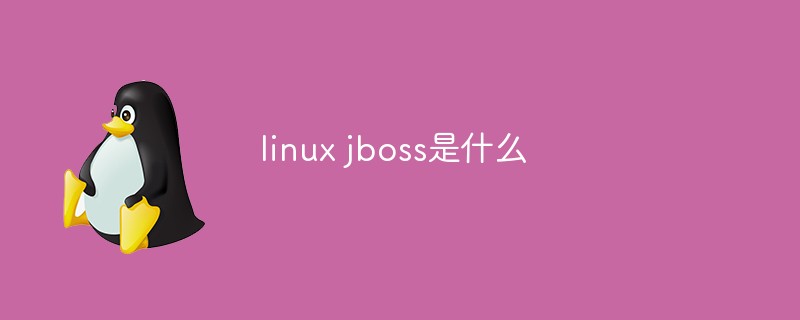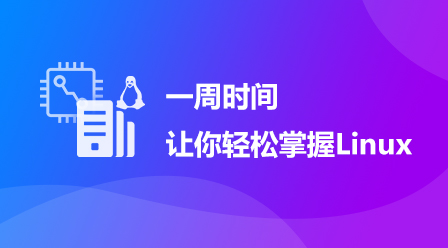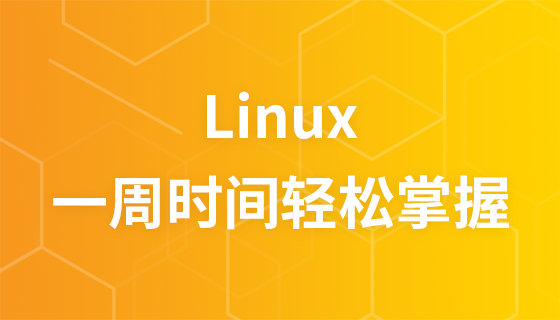linux jboss是一个基于J2EE的开放源代码的应用服务器,专门用来运行Java EE程序的;JBoss是一个管理EJB的容器和服务器,支持EJB 1.1、EJB 2.0和EJB3的规范,但JBoss核心服务不包括支持servlet/JSP的WEB容器,一般与Tomcat或Jetty绑定使用。

本教程操作环境:linux5.9.8系统、Dell G3电脑。
linux jboss是什么?
Jboss是Java EE应用服务器(就像Apache是web服务器一样),专门用来运行Java EE程序的。
Jboss是一个基于J2EE的开放源代码的应用服务器。 JBoss代码遵循LGPL许可,可以在任何商业应用中免费使用。JBoss是一个管理EJB的容器和服务器,支持EJB 1.1、EJB 2.0和EJB3的规范。但JBoss核心服务不包括支持servlet/JSP的WEB容器,一般与Tomcat或Jetty绑定使用。
特点:
在J2EE应用服务器领域,JBoss是发展最为迅速的应用服务器。由于JBoss遵循商业友好的LGPL授权分发,并且由开源社区开发,这使得JBoss广为流行。
另外,JBoss应用服务器还具有许多优秀的特质。
其一,将具有革命性的JMX微内核服务作为其总线结构;
其二,本身就是面向服务架构(Service-Oriented Architecture,SOA);
其三,具有统一的类装载器,从而能够实现应用的热部署和热卸载能力。
因此,高度模块化的和松耦合。JBoss应用服务器是健壮的、高质量的,而且还具有良好的性能。
1、JBoss是免费的,开放源代码J2EE的实现,通过LGPL许可证进行发布。但同时也有闭源的,开源和闭源流入流出的不是同一途径。
2、JBoss需要的内存和硬盘空间比较小。
3、安装便捷:解压后,只需配置一些环境变量即可。
4、JBoss支持"热部署",部署BEAN时,只拷贝BEAN的JAR文件到部署路径下即可自动加载;如果有改动,也会自动更新。
5、JBoss与Web服务器在同一个Java虚拟机中运行,Servlet调用EJB不经过网络,从而大大提高运行效率,提升安全性能。
6、用户可以直接实施J2EE-EAR,而不是以前分别实施EJB-JAR和Web-WAR,非常方便。
7、Jboss支持集群。
推荐学习:《linux视频教程》
以上就是linux jboss是什么的详细内容,更多请关注php中文网其它相关文章!

每个人都需要一台速度更快、更稳定的 PC。随着时间的推移,垃圾文件、旧注册表数据和不必要的后台进程会占用资源并降低性能。幸运的是,许多工具可以让 Windows 保持平稳运行。




Copyright 2014-2025 https://www.php.cn/ All Rights Reserved | php.cn | 湘ICP备2023035733号